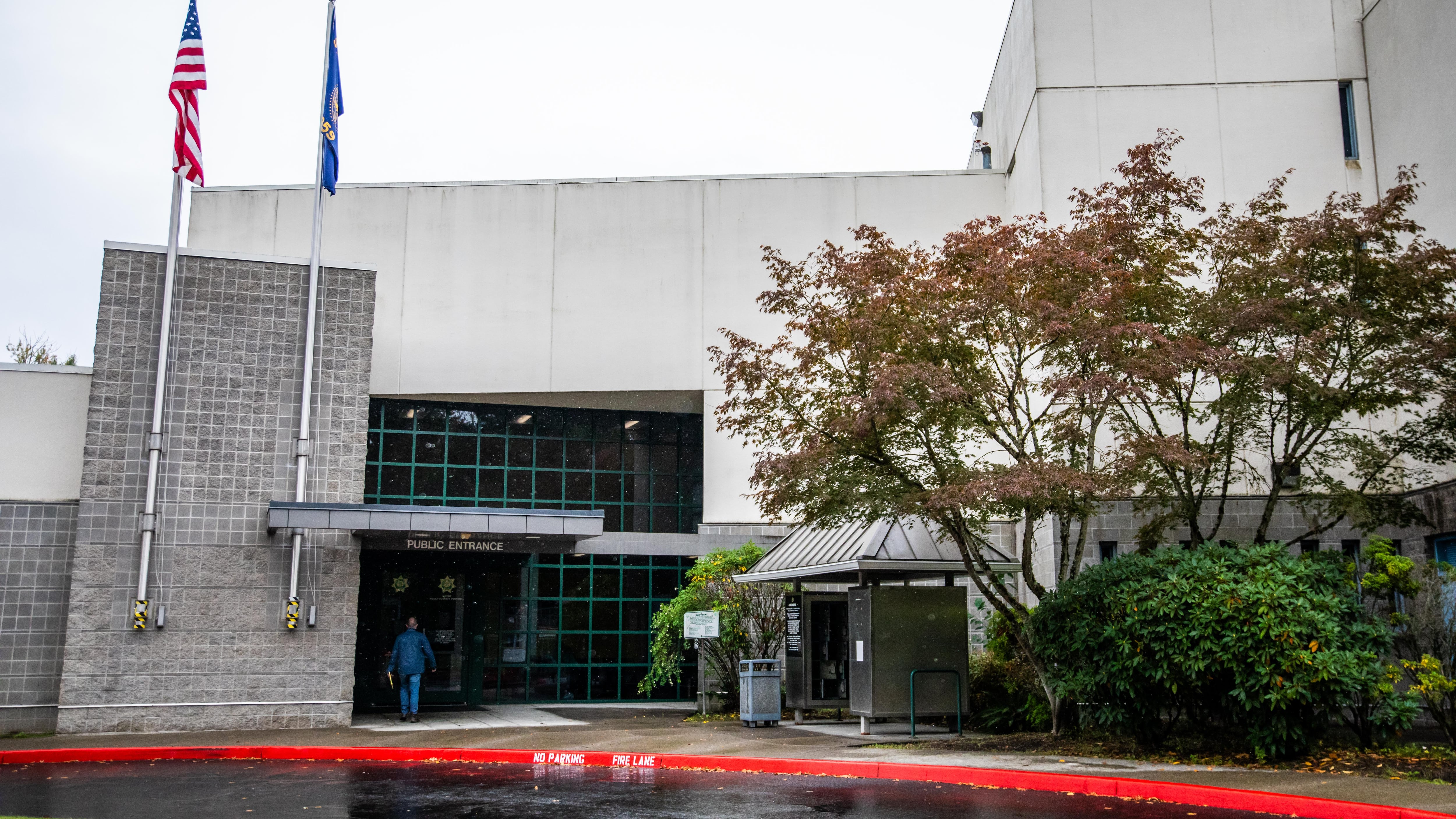In 2022, Multnomah County voters overwhelmingly approved a ballot measure amending the county charter to require its commissioners to conduct an annual inspection of its jails—and tasked them to bring along community volunteers to write up what they found.
Those reports, three in total, have now been released. And in two of them, the authors say the county fell short of producing the meaningful oversight of its beleaguered jails promised to voters.
“It felt choreographed, like a tour to the public,” Sarah Foreman, a student at the PSU-OHSU School of Public Health, told WW.
Multnomah County Ballot Measure 26-233 was passed by 76% of voters in 2022. Its summary read, in part: “Subject to reasonable measures to ensure safety and security, the sheriff would provide access for the county commissioner and volunteer to any part of inspected facilities any time without prior notice; for confidential interviews with consenting individuals; to records related to facilities.”
But the volunteers selected by county commissioners to accompany them on the jail inspection said they were told not to interact with inmates. And, they say, there was little time to meaningfully interrogate jail officials on conditions inside the jail, where 10 people have died in the last two years.
“[It] was a tour and not an inspection,” agreed Annette Mattson, a community activist and member of the Mt. Hood Community College board. “It is important to honor the will of the voters, and this year’s structure for the inspection seems to fall short of the explanation and intent of the ballot measure,” she wrote in her report.
In response to their reports, Sheriff Nicole Morrisey O’Donnell wrote that the inspection “operates on a short timeline and with structured access to facilities in order to ensure safety and security.”
Mattson and Foreman were two of four volunteers chosen by county commissioners to accompany them on the jail inspection. But despite the popularity of the ballot measure, the county had difficulty attracting volunteers to fulfill its mandate. Only 14 people ultimately completed the application, said another volunteer, Carleene Houk, a paralegal at the Oregon Justice Resource Center
Mattson says she was asked to apply by Commissioner Julia Brim-Edwards. In her report, she recommended the county simplify the application process to attract a more diverse pool of candidates and devise a process in which inspectors can interview random inmates.
Foreman teamed up with Houk to write their report. The two slammed conditions at the jail, calling them “inhumane” and “currently incapable of safely housing people in their custody.” Their report highlighted many issues, including insufficient health care and the continued use of isolation as a disciplinary measure despite the county auditor recommending the practice be eliminated in 2022.
A fourth volunteer, Corinne Frechette, offered a more measured critique, echoing the sentiment from a recent grand jury report that the county should replace its downtown jail and reevaluate its staffing needs.
Similar to the other volunteers, however, she felt the inspection process could be improved. “The amount of diverse county staff traveling along [with] the four community members should be reduced during the jail inspections, as it was quite embarrassing to have a large delegation (of 20+ people) observe one correction deputy trying to perform their duties serving 50 [adults in custody],” she wrote.
Correction: An earlier version of this story omitted the conclusion of the quoted section of Frechette’s report. It has been added back. It also incorrectly attributed Sarah Foreman’s quote to Carleene Houk. We regret the errors.

